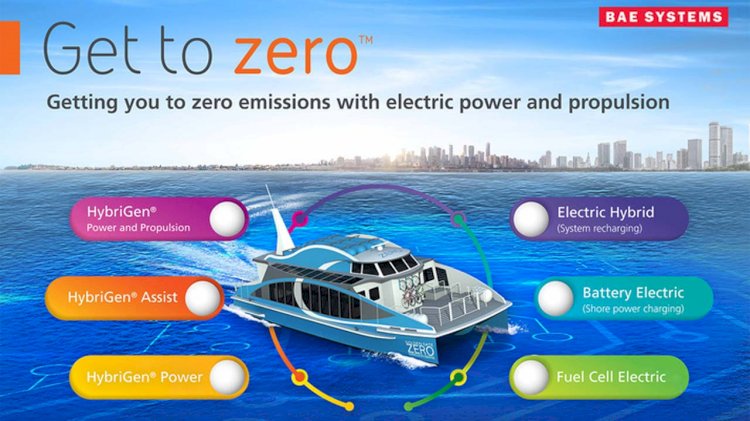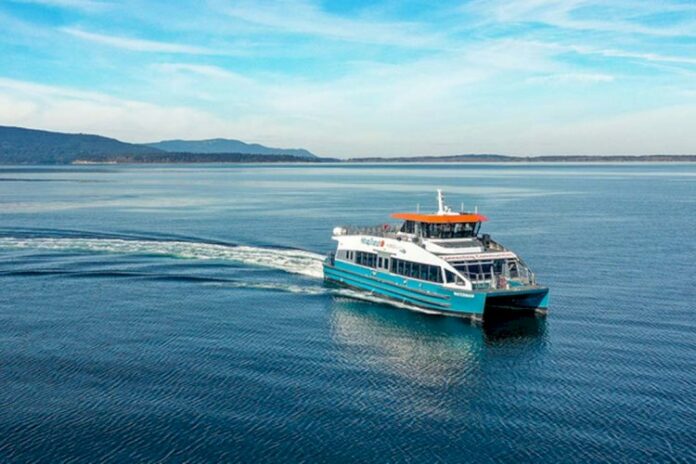BAE Systems is helping marine operators get to a zero emission future with electric power and propulsion technology.
The technology isn’t new. In fact, it has been powering cars and buses for years. However, with the rise in planet-warming greenhouse gases, it’s now making its way to the open water and creating a new wave of clean transportation. As vessel operators see the environmental benefits, many are making the move to adopt cleaner power sources.
BAE Systems is ready to turn the tide on emissions. It’s a familiar challenge and one that the company has been solving for more than 20 years with electric power and propulsion systems in the transit bus industry. Now it’s taking that expertise to the shipyard, helping operators make the switch from a combustion engine to electric or fuel cell power and propulsion for the vessels they build.
The company is using its HybriGen® power and propulsion system to make it all possible. The system, which comes in multiple configurations, builds on the company’s core technology that today is powering more than 12,000 buses around the world in cities such as Boston, New York, Paris, and San Francisco. It promises not only to cut emissions, but to create a smoother ride for passengers and help operators save on fuel and maintenance costs.
One of the first to make the jump to the HybriGen system was the Red & White Fleet. The sightseeing company in San Francisco Bay is on the path to a greener future with its newest vessel Enhydra, which has been operating on electric-hybrid technology since 2018. Since then, the 128-foot excursion vessel has saved roughly 35 percent of its fuel, only needing to operate its combustion engine part of the time.

Now others are starting to take notice of the company’s technology. On the West Coast, Kitsap Transit is using an electric-hybrid system for its passenger ferry, Waterman, which operates out of Washington State’s Port Orchard. In San Francisco, Call of the Sea is taking the unique approach of using the technology to power a 132-foot wooden tall ship that teaches young people about maritime history while promoting sea stewardship. Just across the bay, the 70-foot Water-Go-Round passenger catamaran is expected to launch on its maiden voyage later this year with a combination of hydrogen fuel cells and lithium-ion batteries to drive its electric propulsion motors.
BAE Systems technology is also providing three vessels on the East Coast with complete electric power. Harbor Harvest is using the system on their vessel Captain Ben Moore to create a new and sustainable form of short sea shipping. The environmentally friendly boat hauls locally made products and other cargo between Connecticut and New York on the Long Island Sound. Built by New York-based Derecktor Shipyards, the technology is also helping the Spirit of the Sound and CUNY I conduct research along the coastline.
As the pressure to get to zero emissions grows, there will be more vessels in need of clean technology.



